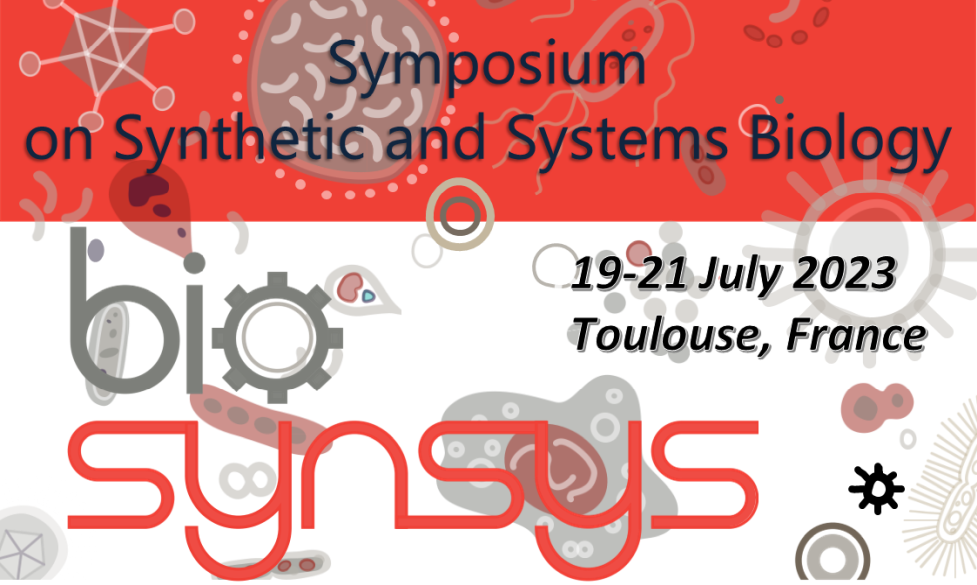In this hard time for nature biodiversity on earth, we all know that bacteria are champions in survival mainly through their high capacity of adaptation. This adaptative response is complex and steps in all the different biological levels, from DNA to metabolites through RNA and proteins. The question is thus to understand how bacteria develop a such integrated metabolic response to changes in their environment. In this project, we are interested by the post-transcriptional modifications and more precisely protein acetylation and how they regulate the metabolism of Escherichia coli.
Protein acetylation in bacteria occurs through the action of acetyltransferases using acetyl-CoA (AcCoA) or non-enzymatically by acetyl-phosphate (AcP). AcP is the intermediate of the reversible pathway consisting of phosphate acetyltransferase (Pta) and acetate kinase (AckA) catalysing the interconversion of AcCoA to acetate. The metabolic flux through the Pta-AckA pathway and, hence, the intracellular AcP concentration varies between different growth conditions thereby affecting the level of AcP-dependent protein acetylation.
This project aims to understand how AcP controls bacterial metabolism via protein acetylation by correlating the level of AcP in bacterial cells to the changes of AcP-acetylated protein sites. To investigate this question in E. coli we set-up:
1) a biological model to control the intracellular concentration of AcP using a ∆pta mutant growing in presence of glucose and different concentrations of acetate;
2) a new mass spectrometry-based method to accurately quantify AcP;
3) a 13C-labelled strategy to decipher protein acetylation coming from AcP or AcCoA.
This study is a nice example of the interplays that exist between proteome and metabolome, laying the foundations for the elucidation of the AcP- and AcCoA- acetylomes in E. coli

 PDF version
PDF version
